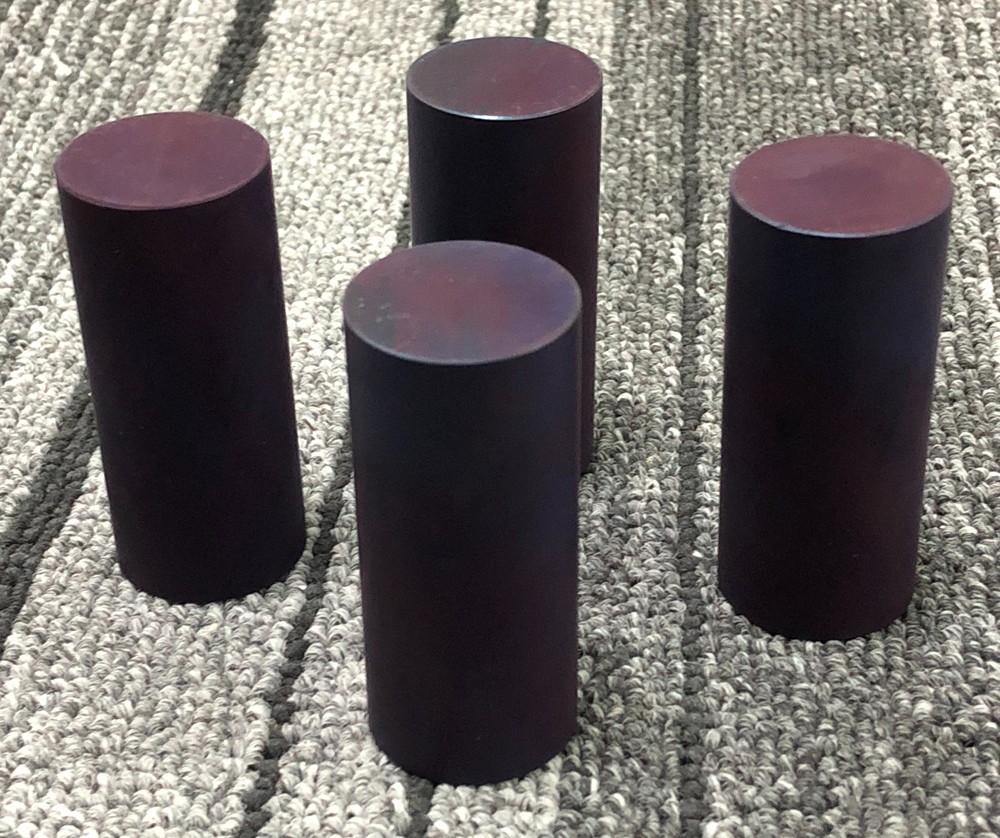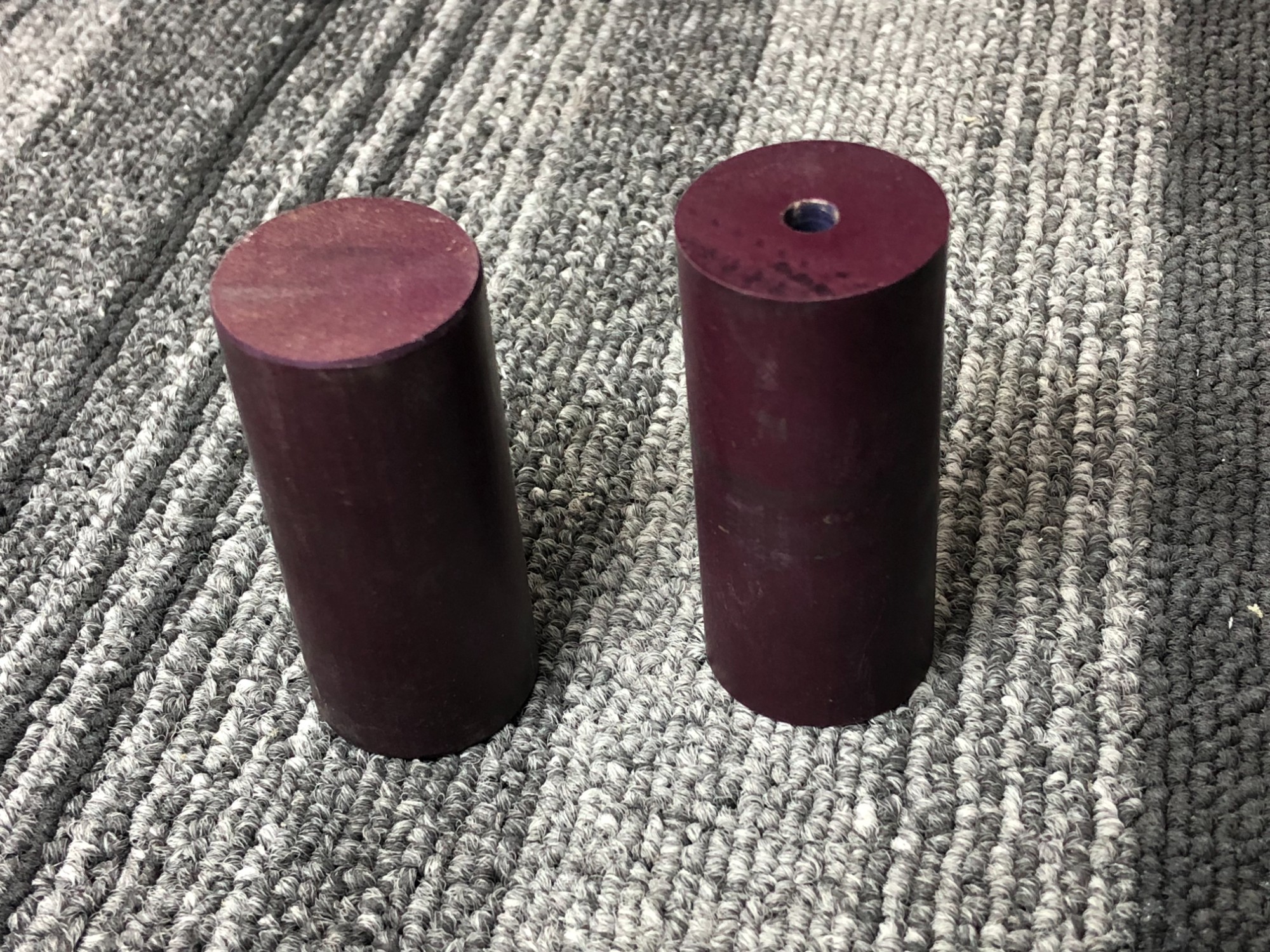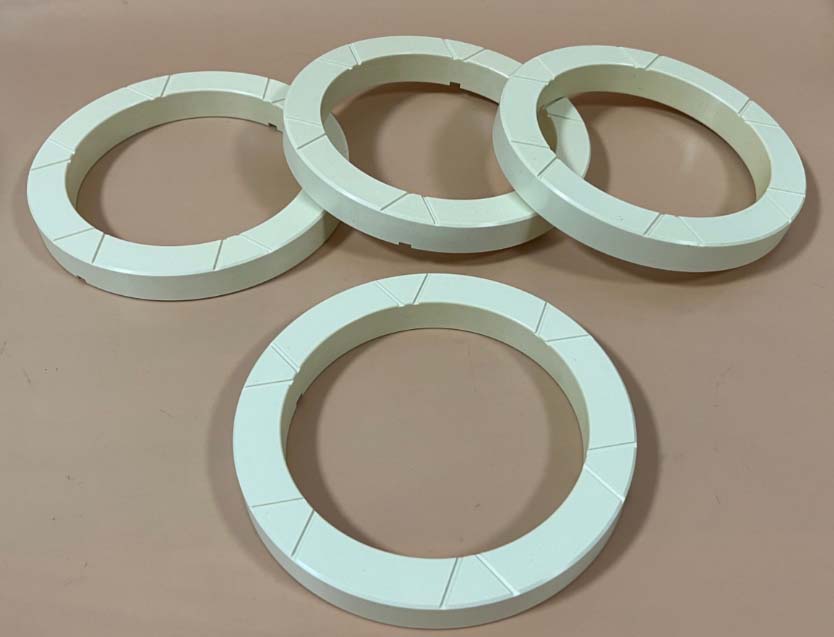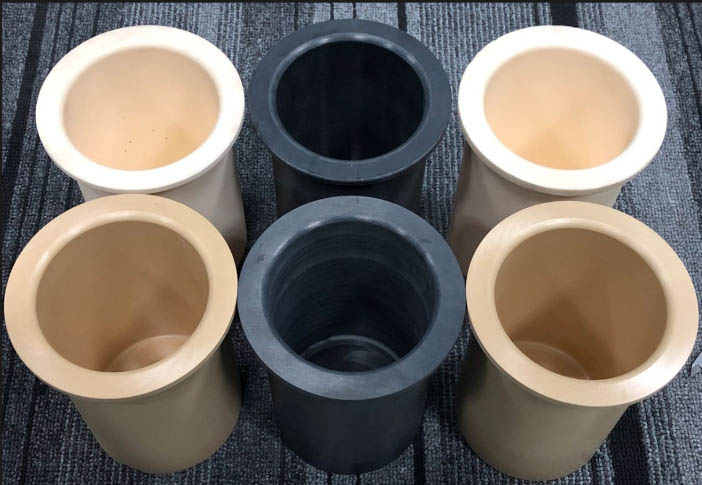Lanthanum Hexaboride (LaB6) cathodes:
1. **Material Composition:**
- LaB6 is composed of lanthanum (La) and boron (B) in a hexaboride crystal structure.
- The hexaboride structure provides stability and high melting point, crucial for cathode applications.
2. **Electron Emissivity:**
- LaB6 is known for its exceptional electron emissivity, meaning it can efficiently release electrons when heated.
- This property is crucial for generating a high-intensity electron beam, essential in electron microscopy.
3. **Thermionic Emission:**
- The cathode operates based on thermionic emission, where electrons are released as a result of thermal excitation.
- When the cathode is heated to a certain temperature, electrons gain sufficient energy to overcome the work function and escape into free space.
4. **Temperature and Stability:**
- The cathode typically operates at temperatures ranging from 1400 to 2200 degrees Celsius.
- LaB6 exhibits good thermal stability, allowing for reliable and sustained electron emission over extended periods.
5. **Longevity:**
- One of the key advantages of LaB6 cathodes is their long lifespan compared to alternative cathode materials.
- This longevity contributes to the overall stability and reliability of electron microscopes.
6. **Electron Microscopy Applications:**
- LaB6 cathodes are widely used in transmission electron microscopes (TEM) and scanning electron microscopes (SEM).
- The high-quality electron beam produced by LaB6 enables detailed imaging and analysis of specimens at the microscopic level.
7. **Evaporation Coating:**
- LaB6 cathodes are sometimes used as a source material for thin film deposition through physical vapor deposition (PVD) techniques.
Understanding these detailed characteristics of LaB6 cathodes underscores their significance in electron microscopy and related applications.
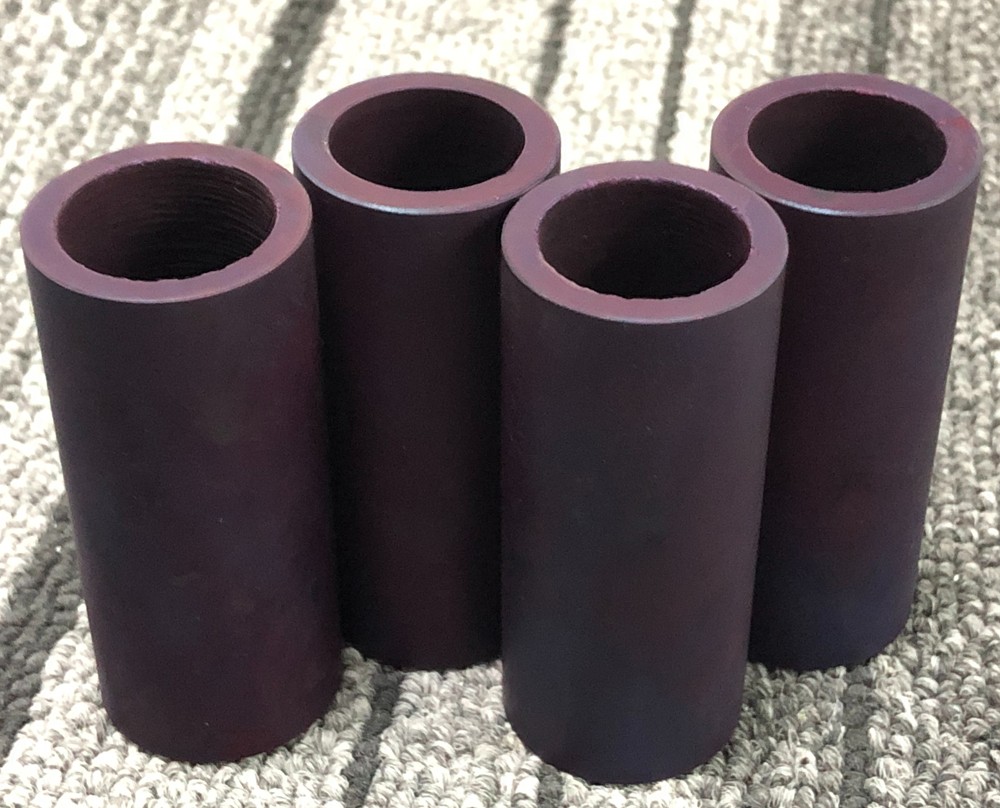
Lanthanum Hexaboride (LaB6) cathodes
| Shanghai Eheng Precision | ||||
| Technical Parameters of LaB6 Ceramic | ||||
| Items | Unit | Data | ||
| Purity | >99.9% | |||
| Colour | Violet | |||
| Density | g/cm3 | 4.73 | ||
| Hardness | Hv 0.5 Gpa | 28 | ||
| Coefficient of Thermal Expansion | 10-6K-1 | 4.9 | ||
| Mellting point | ℃ | 2200 | ||
| Oxidation Temperature | ℃ | 600 | ||
| Work function | eV | 2.66 | ||
| Emission current density | Acm-2 | 29 | ||
| Emission constant | A/cm2·K2 | 29 | ||
| Volume Resistance at 20 ℃ | μΩcm | 15-27 | ||
| Life time | h | >85 | ||
- Product Detail
PREVIOUS:ESD-Safe ceramics
NEXT:Best wear and thermal shock resistant silicon nitride ceramic rollers
 Shanghai Eheng Precision Technology Co.,LTD
Shanghai Eheng Precision Technology Co.,LTD
